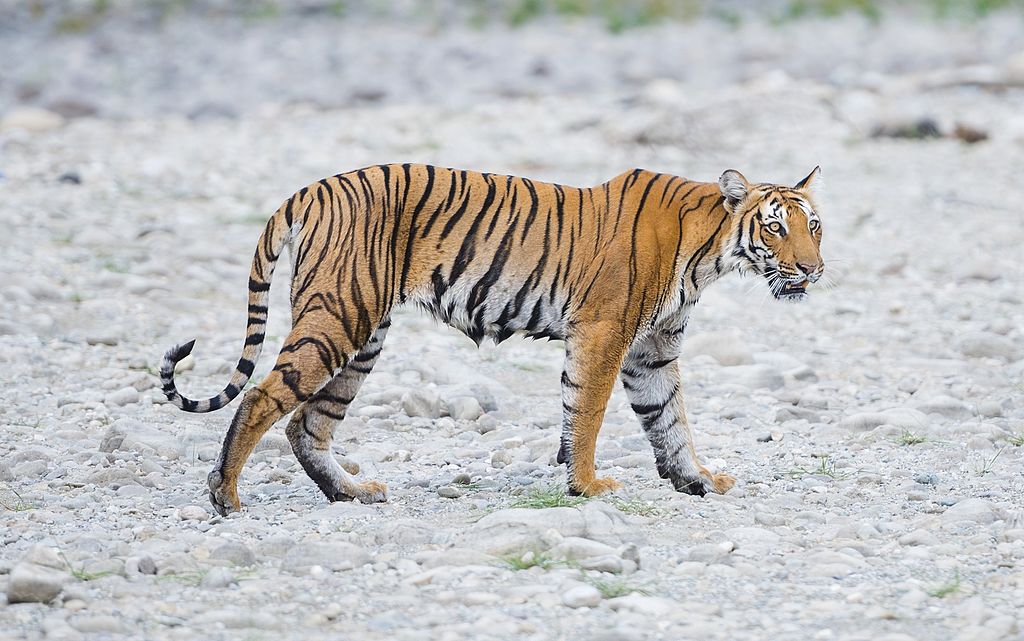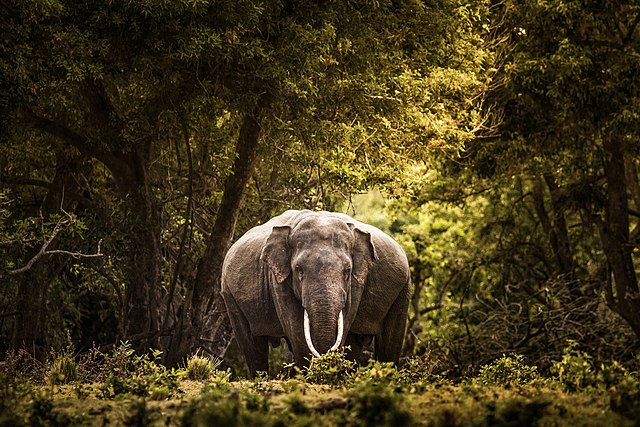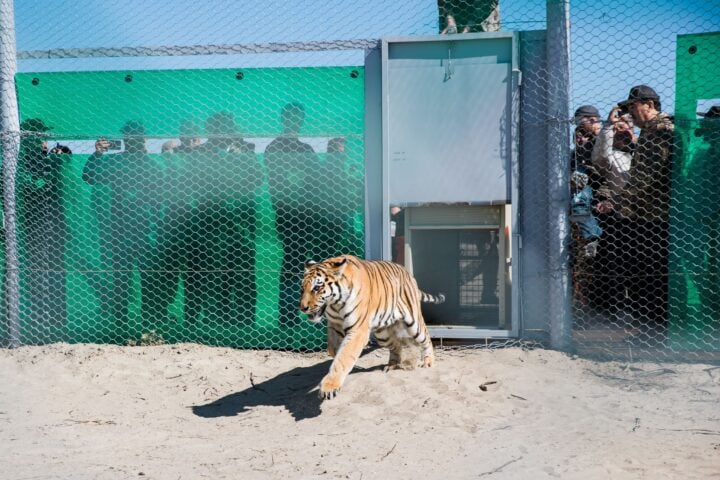Nepal’s tiger story reveals both triumph and trouble. The country’s tiger population has tripled to 355, but this success now tests the delicate balance between wildlife protection and human safety.
“For us, 150 tigers are enough,” Prime Minister KP Sharma Oli recently stated, suggesting Nepal could give some tigers to other countries. His words reflect growing concerns as tigers and humans increasingly share the same spaces.
The human cost is clear. Tiger attacks claimed over 60 lives between 2019 and 2025, peaking at 21 deaths in 2022. For families living near forests, routine tasks now carry risk. When villagers collect grass for livestock or gather firewood – activities essential for their daily survival – they risk encountering tigers in the Bardia-Banke area.
Conservation expert Ghana Shyam Gurung from WWF Nepal sees the solution differently than reducing tiger numbers. “Tigers will not change their ways. We need to change our human ways,” he explains. His suggestion focuses on improving local livelihoods so people don’t have to enter the parks, which could minimize the loss of human lives.
Similar Posts:
Neighboring India’s experience offers valuable lessons. Despite having 3,167 tigers and over 100 attack-related deaths in 2022, Indian communities have found ways to adapt. Researcher Yadvendradev Jhal discovered that public attitudes toward tigers matter more than population density in successful conservation efforts.
Nepal has restored 66,800 hectares of forest, boosting biodiversity and supporting tiger populations. This restoration, combined with wildlife tourism, could provide economic opportunities for the region. Data from both Nepal and India shows fewer tiger attacks since 2022, suggesting improvements in human-tiger coexistence.
The path forward requires balancing three key needs: protecting tigers, keeping people safe, and supporting local livelihoods. The focus is now on managing human-tiger interactions while maintaining conservation achievements. This isn’t just about saving tigers – it’s about finding ways for both tigers and people to share their space safely.
Wildlife conservation efforts in Nepal show that success brings new challenges. The solution lies not in choosing between tigers and people, but in helping both thrive together through better management and community engagement.



















